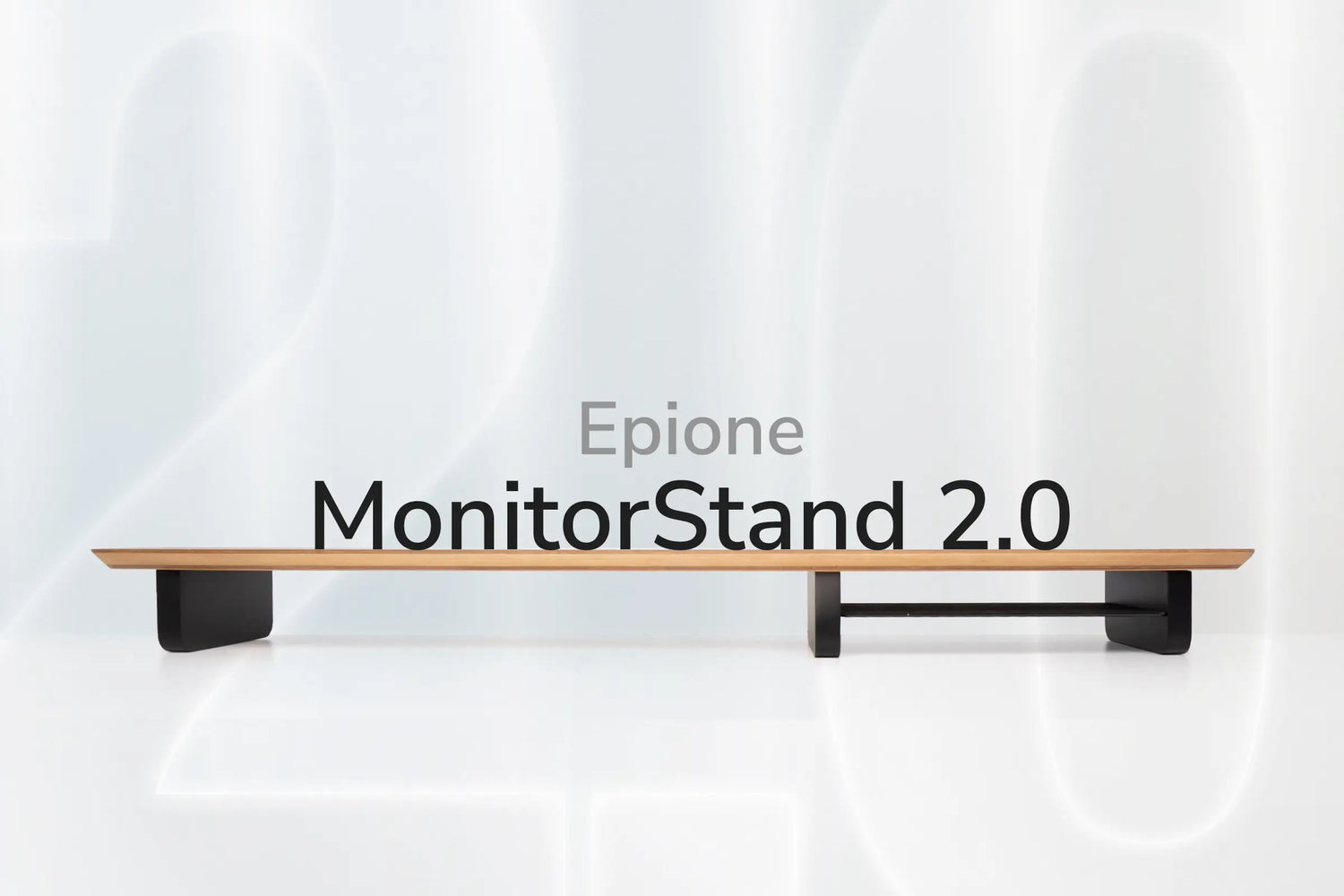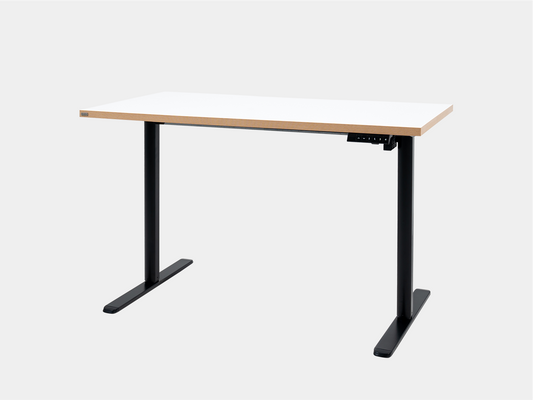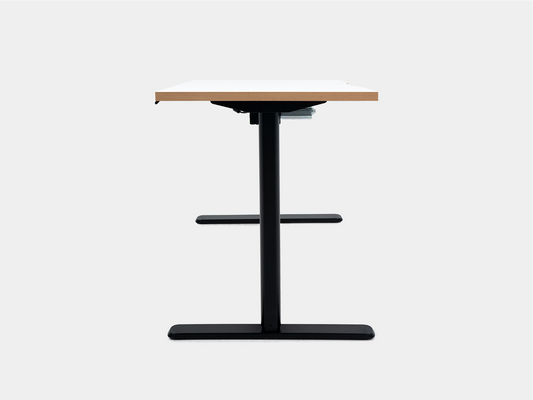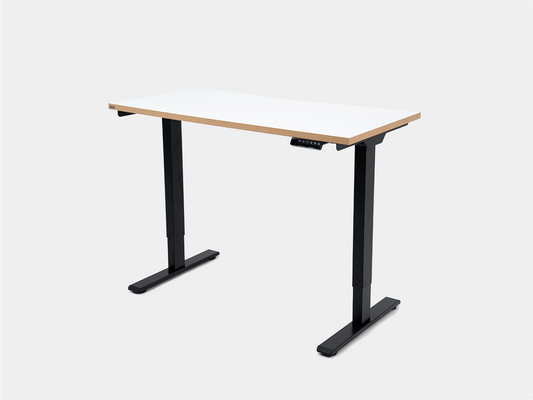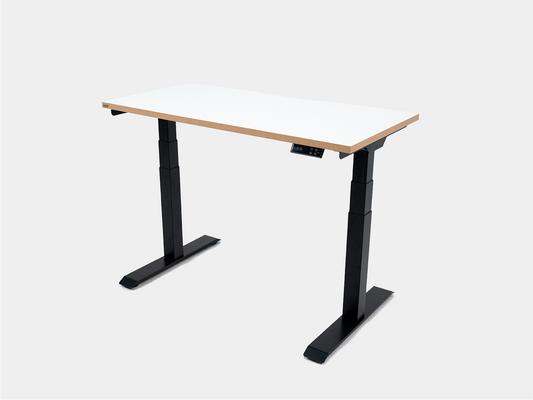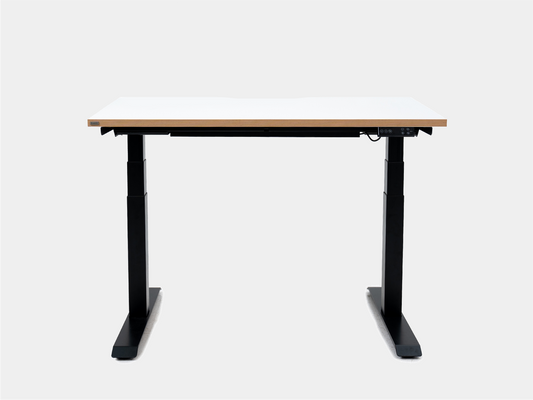The main goal of an ergonomic office chair is to create a perfect sitting posture, reduce the risk of bone and joint health problems and increase comfort and work performance. However, choosing the wrong chair can lead to the opposite effects. In this article, Epione will share with you the important criteria when researching and buying an ergonomic chair that suits the Vietnamese body shape.

The dangers of choosing and using the wrong ergonomic chair
Injuries from sitting for too long at work are a serious problem that greatly affects the health of workers today. Rahul Shah, MD, an orthopedic surgeon in Vineland, NJ, USA, said: Sitting in the wrong position for 8 or 10 hours a day can cause all kinds of problems for your back.
Office and other sedentary jobs often involve less movement, so muscles are less active. However, risks and injuries related to musculoskeletal systems are not uncommon. In fact, some reports indicate that sedentary workers are more likely to experience varicose veins, stiff necks, and numb legs than those who do heavy manual labor.
To minimize the above problems, ergonomic office chairs were born and equipped with many useful features. However, there are many lines of ergonomic chairs on the market, so are all office chairs labeled “ergonomic” the same?
The answer is NO!

Before launching, each ergonomic chair is researched to suit the needs and physical condition of the customer group that the manufacturer wants to target. If you do not belong to the above customer group but choose that ergonomic chair, you will face unnecessary health risks.
Sitting in an unsuitable chair can lead to musculoskeletal disorders, which affect the muscles, joints, tendons, ligaments and nerves due to lack of support for the upper back. It can negatively impact your posture, putting pressure on the spine and spine, leading to back pain. Additionally, sitting in an “unsuitable” chair can lead to restricted blood flow, which can lead to deep vein thrombosis and complications such as cervical spondylosis.
A good ergonomic chair fits your body shape, supports proper posture, keeps your joints and tissues in a balanced position, and allows for proper hip and pelvis alignment. This reduces the risk of injury and strain, allowing you to concentrate better at work.
7 criteria to consider when choosing an ergonomic chair
Just because an ergonomic chair is expensive doesn’t mean it’s right for everyone. Everyone has different body types and needs. If you’re confused about choosing the perfect ergonomic chair, here are 7 criteria to help you find the right chair.
1. Comfortable and fits the body
To get a good feel for the chair, it is best to try it out on the ergonomic chair you are considering. This will give you a real feel without being distracted by advertisements or reviews on social media.

However, this method only applies to brands that have showrooms or product testing policies. For international brands that are not officially distributed in Vietnam, you need to pre-order (order) through a third party, so the risk of incompatibility will be higher.
When choosing and trying on an ergonomic chair, especially for those who are small or oversized, you need to note that the seat pan (seat bottom) should not be too long or too short compared to your legs. Otherwise, it will get in the way of your knees or prevent you from fully relying on the lumbar support.
The seat pan should be wide enough to allow the user to sit with their back against the backrest. At least ¾ of the thighs should be placed on the seat pan. Many ergonomic chairs today are designed with seat pans that can be adjusted in width to accommodate different body sizes. Most of these chairs have a waterfall front (curved down) seat pan.
2. Height adjustment capability and range
Height adjustment is a basic requirement of modern ergonomic office chairs. You should choose a chair with pneumatic piston adjustment instead of mechanical (rotary) height adjustment and this piston ensures good resistance to your body weight.
The piston on an ergonomic chair is the part that helps raise and lower the height of the chair and is also the part that bears the main weight of the chair. Pneumatic pistons are easier to adjust and more convenient than oil pistons or mechanical adjustments. Ideally, you should choose a chair that uses class 4 pistons from reputable piston manufacturers such as Samhongsa (Korea), Stabilus (Germany), L&P (Leggett & Platt) (USA)...
You can adjust the height of the chair so that the front of your knees are level or slightly lower and your feet are firmly planted on the ground. That is, when you sit, your thighs and shins form a right angle (illustration).
For more comfort while working or convenience while resting, you can add a footrest to the chair.
3. Lumbar support
Lower back support in an office chair is important. Many ergonomic chairs have lumbar support that can be adjusted up and down, bent, and sometimes adjusted forward and backward to best fit the shape of your lower back.

The advantage of these chairs is that they can accommodate many different body shapes and sizes. One chair can be used by many people without worrying about fit and comfort.
Chairs with fixed lumbar support are cheaper but tend to fit a specific body type because they are not adjustable. If an ergonomic chair has fixed lumbar support and you feel it provides good back support, it is still worth considering.
4. Backrest and reclining support feature
In addition to lumbar support, the chair backrest should be large enough to support and provide comfort from the shoulder blades to the mid-back. The chair back should not restrict your ability to move your elbows back behind your body.

Reclining mechanism on the Epione FortisChair.
Studies have shown that keeping your back flexible while you sit helps maintain a healthy spine. Look for chairs that allow you to recline easily and provide good back support in different reclining positions. Choose an ergonomic chair that allows users to try out different reclining positions to reduce the weight on their lower back. Disc pressure and muscle activity are lowest at reclining positions of 110 to 130 degrees, depending on your body type.
5. The chair surface is made from environmentally friendly materials.
Typically, the seat of today’s ergonomic chairs will be made of mesh or foam. The backrest will be made of mesh.
If the seat cushion is made from traditional, poorly elastic mattresses, continuous use can cause it to become permanently deformed and fail to function as a seat cushion.
If made from poor quality mesh materials, over time the seat or backrest will sag, irritate the skin or be impossible to clean.
Whether it is mesh or foam, if they are of poor quality, sitting for a long time will make you uncomfortable, causing discomfort, imbalance, and fatigue in the hips and back. Ideally, you should choose a chair made from quality materials, with a comfortable, breathable surface to minimize heat and moisture accumulation.
6. Flexible armrest

Choose a chair with armrests that provide the best support for your sitting posture. Armrests should be wide, contoured, padded, and comfortable. While sitting, you should be able to easily adjust the height of the armrests, and in some cases, you should look for armrests that can be adjusted in width to move the armrests closer together or further apart to accommodate different body widths. You should be able to easily move your arms to the side if you need to do this, such as when typing or moving a mouse.
7. Movement and stability
Ergonomic office chairs need to move and swivel easily so that the user can move flexibly when needed. For the chair to move and be stable, the base of the ergonomic office chair needs to have at least 5 legs.

Stable movement of Epione EasyChair 2.0
If the chair legs are designed to be sturdy and optimal, they will distribute weight evenly and create a comfortable feeling when sitting. Usually, chair legs will be made of metal or plastic. The choice of chair legs depends on factors such as:
- For metal legs: Usually very durable and able to withstand large weights. This ensures the stability of the chair for a long time. The appearance is modern and luxurious, suitable for professional working environments. The drawback is that the price is a bit high and a bit heavy.
- For plastic legs: Usually lighter, easier to move and do not oxidize over time. Chairs with plastic legs are often more reasonably priced, suitable for many people's budgets. However, the limitation is that they cannot withstand large weights, which can lead to instability when sitting. And the aesthetics of plastic legs are often average.
Also, make sure the wheels are of high quality so as not to damage the floor surface.
Generally speaking, adjustable features on ergonomic chairs will suit a wider range of body types than fixed features. However, no matter what your body type is, it is important to find and invest in an ergonomic chair that feels comfortable and supports your body well while sitting and resting.
